|
(Continued from April 26, 2012, Examiner)
Each of the STARs measures’ content can be reviewed by clicking on the “view button” next to the measure. You will then be able to review who to fulfill the measure. Remember, if the measure is in black or grey, you do not have to review it; it has either been done or does not apply. If it is in red, you need to review it and to complete its performance on this particular patient.
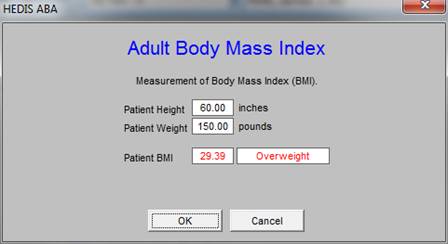
Where there are multiple ways of satisfying a measure such as in colorectal cancer screening, all options will be display. The date of the metric being last met will be shown under “Date of Last Test.” Remember, compliance is by calendar year, not “in last twelve months.” This means that if a patient is seen on December 12, 2012 and they had a fecal occult blood on December 18, 2011, they have had a test in the past twelve months but not the last calendar year and are thus not in compliance for the year 2012.
.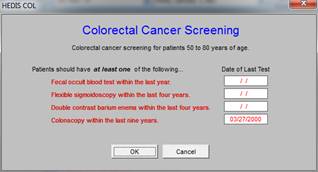
The standard for Medicare Advantage is that women have a mammogram every year.
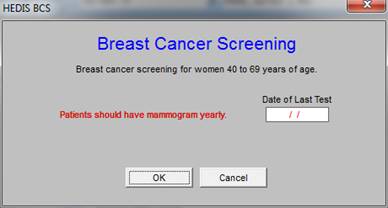
Different measures, measure different functions. Every patient with diabetes should have a dilated eye examination annually. This metric specifically addresses patients by age. All patients over the age of 65 should have an annually dilated eye examination. The value of electronics is that you do not have to remember all of the nuances; the system remembers them for you.
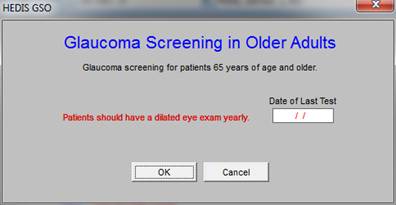
High Risk Medications
Most of the high risk medications are taken from the HEDIS metrics in which there are five categories of “p0\potentially” high risk medications, which include several hundred medications. SETMA has tracked these for the past five years. In the HEDIS measures, there are two categories: the first are patients who are on one potentially high risk medication and the second are patients on two or more. In the STARS program, the measure is only on those who are on at least one “high risk medication,” as the HEDIS list has been modified from “potentially” high risk to high risk. The threshold for meeting this element of the STARS program is that there must be fewer than 9.3% of your patients on any one these medications.
NOTE: The STARs metric not only alerts you to the presence of a high risk medication in the patient’s medication list, but recommends a substitute medication.
Continuity Medical Education
As part of SETMA’s CME program, our Chief Medical Officer, Dr. Syed Anwar, is writing short descriptions of each medication. These can be deployed by clicking on the name of the medication which appears at the bottom of the template.
Atrovent
The study behind the news analyzed data collected between 1991 and 1993 as part of a large study into the decline of mental functioning in people aged over 65. The new research re-analyzed the participants’ records to look at how their mental decline was linked to their use of drugs with “anticholinergic” side effects (such as dry mouth, reduced mucous secretion and constipation). Anticholinergic drugs block the chemical acetylcholine, which is involved in the transmission of electrical impulses between nerve cells. The drugs in question have a range of applications, from blocking hayfever to improving breathing in some chronic lung conditions. Researchers found that the 4% of people who used drugs with definite anticholinergic effects had a small but significantly greater decline in mental ability compared to people not using these drugs. People using drugs with definite or possible anticholinergic effects had an increased risk of death within the two-year period.
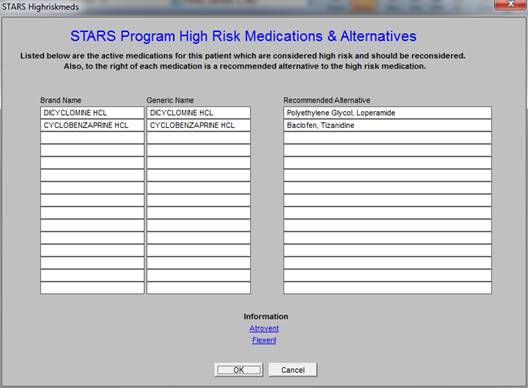
The next metrics is care for older adults. Your Life Your Health for April 19th, reviewed SETMA’s questionnaires for Functional Status, Pain, Fall Risk, Stress and wellness.
Each of these assessments can also be reviewed under Electronic Patient Management Tools, Specialized Tools, Patient-Centered Medical Home Annual Questionnaires.

The next three measures are sets of metrics which related to hypertension, cholesterol and diabetes. Later, there are three measures which related to the prescribing of medications for hypertension, cholesterol and diabetes.
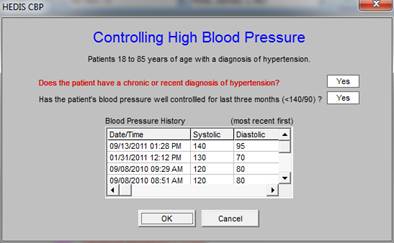
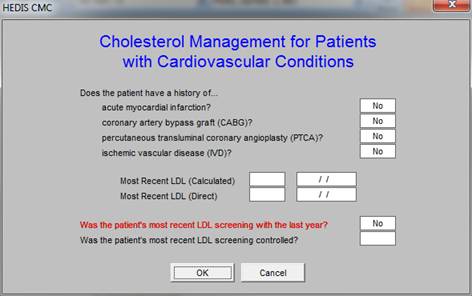
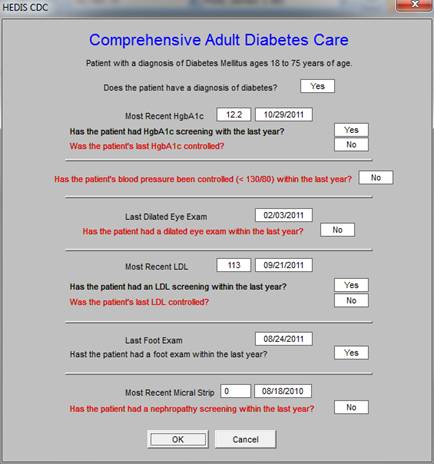
The next two measures have to do with osteoporosis in women who have had a fracture and with the treatment of patients who have rheumatoid arthritis.
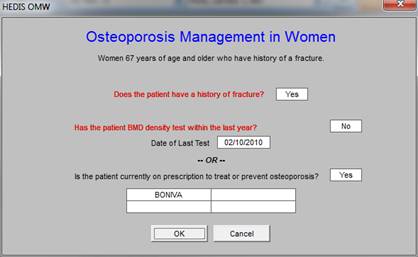
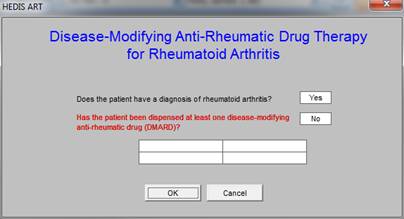
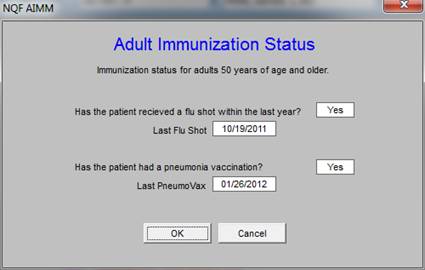
These last three measures have to do with prescribing of medications for three conditions: diabetes, hypertension and cholesterol.

This metric calls for all patients to be on an ACE or an ARB. Sometimes that is not appropriate but we live with the metric until we are able to influence its being changed.
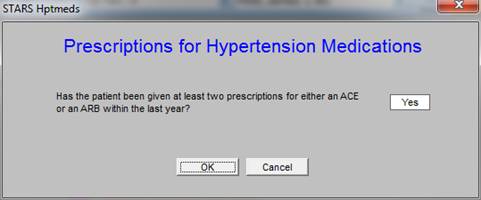

The metric for Fall Risk Assessment for STARs is annually, but it is such an important issue SETMA modified it to the less precise “regular,” to encourage more frequent assessment of this issue.
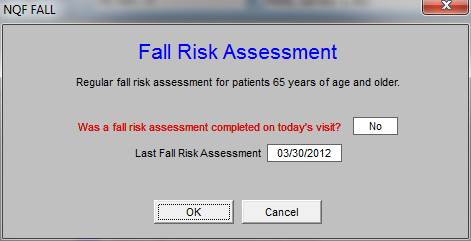
Quality care metrics are increasingly giving patients and providers the opportunity to determine the standard of care which is being followed in care delivery and the quality of care being received. The Medicare Advantage STARs program is one of the positive advances in healthcare.
|